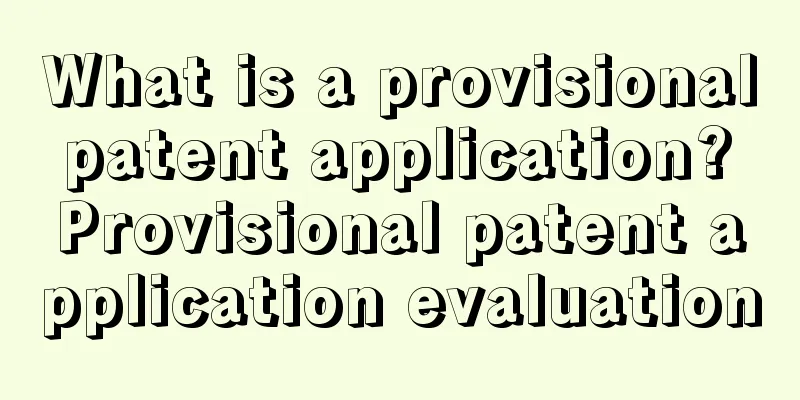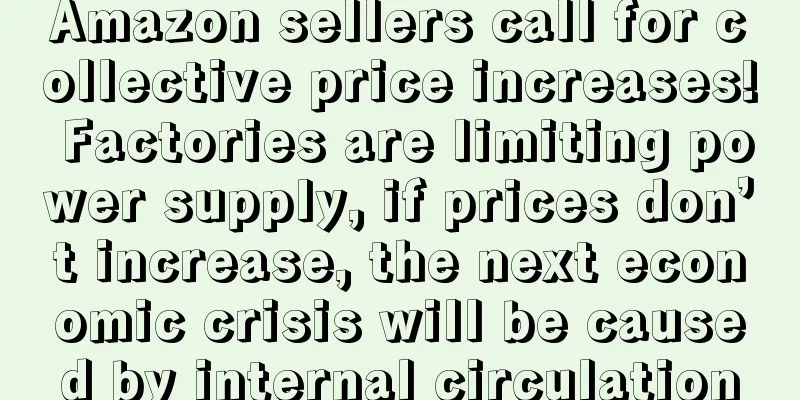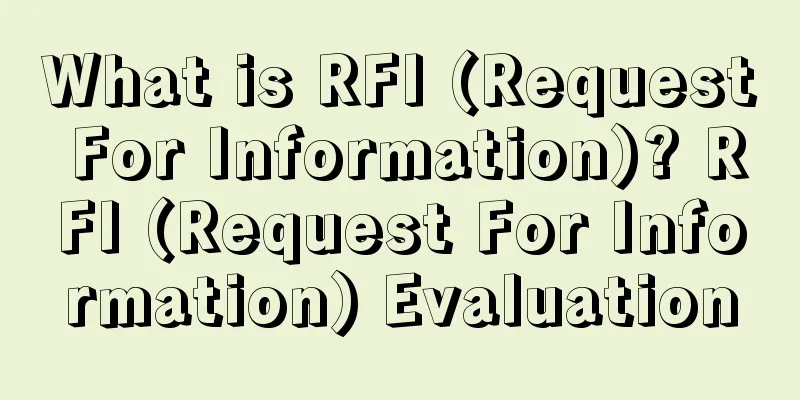What is a provisional patent application? Provisional patent application evaluation

|
A Provisional Patent Application (PPA) is a document issued by the United States Patent and Trademark Office (USPTO) that helps protect a new invention from being copied during the 12 months before a formal patent application is filed . The provisional patent application (PPA) rule was first proposed and implemented by the United States Patent and Trademark Office on June 9, 1995 in the United States. It is the product of the United States amending its patent law in accordance with the negotiation agreement after the Uruguay Round negotiations. The provisional patent application rule mainly involves two provisions of the United States Patent Law, namely, Section 111 (b) and Section 119 (e). Section 111 (b) of the United States Patent Law points out some conditions related to provisional patent applications, namely, the establishment of the application date requires the provision of a description and drawings; the maintenance of the application date requires the submission of the application fee and the name of the inventor within the prescribed time limit. Section 119 (e) points out that the provisional patent application establishes a priority for the applicant, and its protection period is 1 year. Within this period and protection scope, only the holder of the "provisional patent" can file the relevant patent application. However, after the patent application is filed in the form of a provisional application, a conversion request must be formally submitted to the United States Patent and Trademark Office within 1 year to convert the "provisional patent" into a regular application, otherwise the "provisional patent" will automatically expire after 1 year. The content of the regular application should include the content of the provisional patent application and the rewritten content. It is designed to give inventors time to develop an idea, test its commercial viability, or perfect a product before committing to the expensive and time-intensive process of formal application. A "Patent Pending" label on a product means that a provisional patent application has been filed. Features (6) Applicable only to invention patents. significance (1) The application method is simpler and faster A provisional patent application can be filed as a simplified application, which allows the applicant to gain one year to evaluate the commercial potential of the invention with a lower initial investment. Therefore, it is stipulated that a provisional patent application does not need to write a complete detailed description, does not need to handle complete application documents, and only needs to meet the minimum formal requirements when submitting the application. The US Patent and Trademark Office does not evaluate the value of a provisional patent application, and the approval is relatively simple, and its application fee is much lower than that of a formal patent application. A provisional patent application only needs to pay $150, while the application fee for a formal application is $500, not including attorney fees, various document preparation fees, and claims fees. Article 32 of the Implementing Regulations of the Patent Law of my country stipulates that if an applicant requests priority procedures, he shall state the application date, application number and country of acceptance of the first patent application (hereinafter referred to as the prior application) in a written statement; if the applicant requests domestic priority, the copy of the prior application document submitted by the applicant shall be prepared by the patent administration department of the State Council. Relatively speaking, although the procedures for the prior application in my country are relatively simpler and the fees are relatively low than those for the subsequent application, it is still more complicated than the provisions of the provisional patent application in the United States. (2) Longer patent term Section 154(a) of the U.S. Patent Act provides that the priority of a provisional patent application under Section 119 is not included in the patent term, which means that the one-year pending period is not included in the 20-year patent protection period, which is calculated from the date of filing of the regular patent application. Therefore, the provisional application provides the applicant with a 12-month patent protection grace period, and its actual patent protection period is 21 years. |
<<: What is Rentomojo? Rentomojo Review
>>: What is dLocal? dLocal Review
Recommend
What is Sequoia Capital? Review of Sequoia Capital
Sequoia Capital is a venture capital firm founded ...
The leader requires that the advertising budget for new products is only 6 to 10 US dollars per day. After half a month of advertising, there are no transactions. How should we adjust next?
Anonymous user My C position The new products that...
What is Cyfe? Cyfe Review
Cyfe is an analytics tool that aggregates all kind...
What is Menlo Ventures? Menlo Ventures Review
Menlo Ventures was founded in 1976 and is headquar...
What is Fashion+? Fashion+ Review
Fashion+ is a project announced by Amazon Global S...
What is Fit Logistics? Fit Logistics Review
Guangzhou Flyt Logistics Co., Ltd. (abbreviated as...
Amazon spent 15.69 million! The sequelae of the account being blocked due to huge sales are gradually showing, how to solve the financial dilemma?
The Matthew effect also exists in the Amazon selle...
What is GoAfrica? GoAfrica Review
GoAfrica was founded in December 2017 and is headq...
Amazon warehouses are overflowing! Freight rates on these routes have skyrocketed
At the beginning of 2025, the global shipping mark...
Several Amazon mailboxes recommended for collection
Image source: 123rf.com.cn Quickly promote the 32n...
Amazon's "fake orders" changed my life! The sad story of a boss with annual sales of hundreds of millions becoming a snack stand owner
When I arrived at the company this morning, I foun...
Amazon advertising types explained and their usage strategies
Amazon accounts for 50% of the e-commerce market ...
What is the Trademark TM Mark? Trademark TM Mark Evaluation
TM is the abbreviation of trademark in English. Th...
Multiple products failed! More than 400 sellers sued
Welcome to the new column - [Infringement Warning...
Hot! Google announces the 100 most searched products in 2022!
It is learned that Google has released its annual ...









